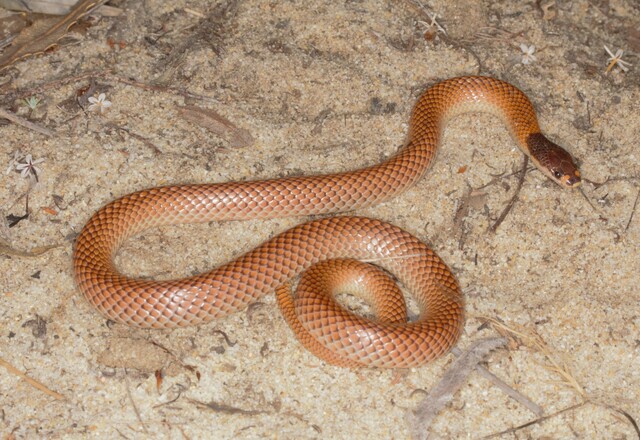The Regenesis project is a three year project that aims to promote the establishment of local native trees, shrubs and grasses to achieve the twin objectives of sequestering atmospheric carbon and improving biodiversity within the Liverpool Plains Shire. It is a partnership project of Liverpool Plains Shire Council and its Sister City Blacktown City Council and is made possible by a $2 million grant from the NSW Environmental Trust’s Urban Sustainability Program.
Funds are used to assist both Council and local landowners to plant trees on their land. Plantings are required to comply with the Kyoto Protocol in terms of minimum area (0.2ha), minimum width (10m) and must take place on land that has less than 20 per cent existing cover at the end of 1989.
The location and size of plantings are determined by the landowner. Regenesis or Namoi CMA staff are available to assist landowners with any aspect of their project including project planning and species selection.
To ensure that the public funds are well spent, successful applicants are required to sign a contract with Liverpool Plains Shire Council to complete their project as outlined in their application. The contract requires landowners to retain and maintain the plantings for a minimum of five years, though it is expected that projects will be retained for much longer than this.
It is anticipated that landowners participating in the Regenesis project will be able, if they so wish, to enter into contracts with accredited carbon pool managers and receive income from the sale of carbon certificates generated as the trees grow.
Irrespective of the potential carbon income, Regenesis aims to improve both private and public benefits from appropriate revegetation of the landscape. These benefits include enhanced biodiversity through linking or extending existing native vegetation, shelter for stock, erosion control along drainage lines and lowering of the watertable.
To date Regenesis has funded the planting of some 7,600 trees along fence lines at Council’s “Fairfield” property adjacent to Quipolly Dam and expects to fund 65 hectares of plantings on private land in the Shire before the end of the year.







